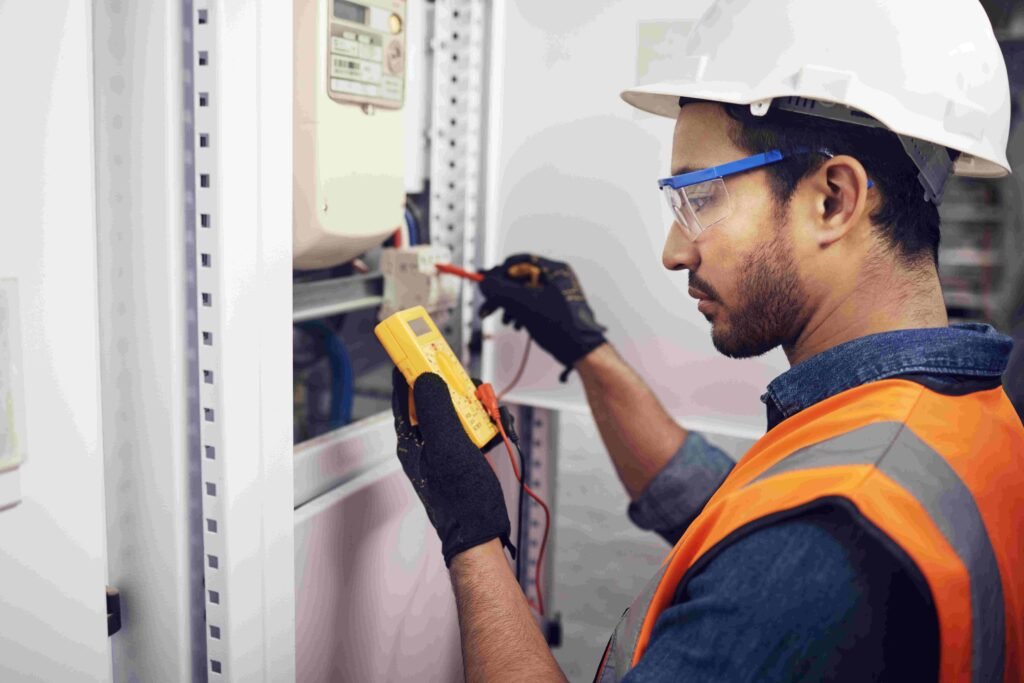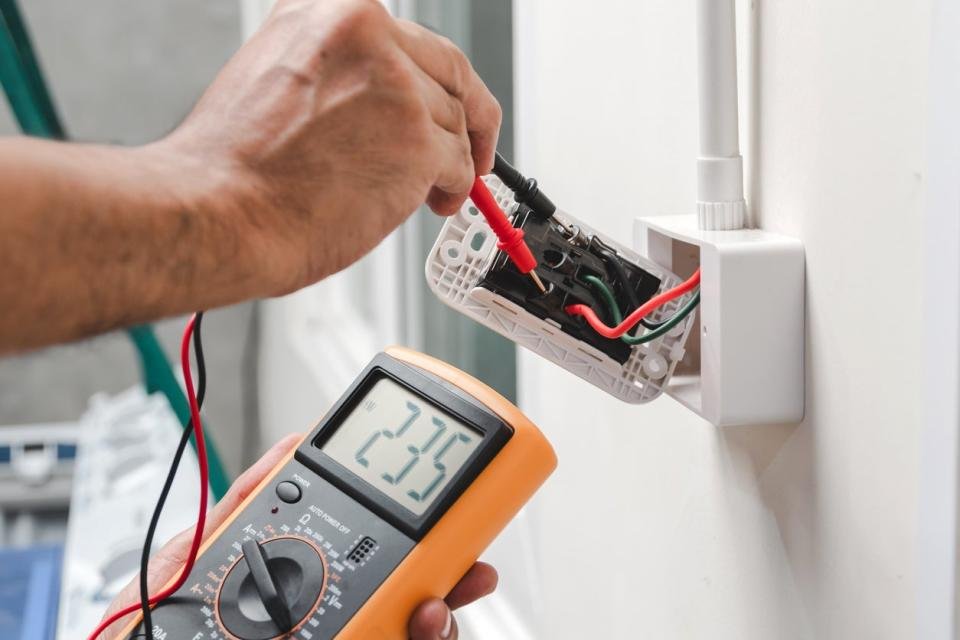Maintaining the dependability and safety of electrical appliances in public areas, rental homes, and workplaces requires portable appliance testing, or PAT. PAT Testing Services in Cornwall reduces the possibility of fires, electric shocks, and other dangerous situations by assisting in the identification of possible flaws or hazards in electrical equipment. PAT Testing Services provide a thorough evaluation of electrical equipment, guaranteeing adherence to safety standards and safeguarding the health and safety of staff, clients, and residents.
What PAT testing entails, the advantages of planning frequent PAT testing, and what to anticipate from a qualified PAT Testing Service provider are all covered in this article.
PAT testing: what is it?
Electrical appliances are tested for functionality and safety using a procedure called portable appliance testing, or PAT. To find flaws or wear that could pose an electrical risk, a PAT test combines visual inspections with specialised equipment testing. According to PAT rules, appliances including computers, kettles, power tools, and other electrical items that are connected to the mains are usually checked.
The testing procedure evaluates a number of safety characteristics, including lead polarity, earth continuity, and insulation resistance.
PAT Testing Services’ Advantages
There are several advantages to regular PAT testing for companies, landlords, and organisations. Among the principal benefits are:
Enhanced Safety:
By detecting flaws that could result in fires, electric shocks, or other dangerous circumstances, PAT testing lowers the chance of electrical mishaps. Early problem detection averts possible hazards and guarantees everyone’s safety within the building.
Regulatory Compliance:
By assisting companies in adhering to health and safety regulations, PAT testing lowers the possibility of facing fines. Keeping PAT testing data is essential for audits and inspections in many sectors.
Savings:
By detecting minor problems before they become more serious and require more expensive repairs or replacements, routine PAT testing can prolong the life of your equipment. Equipment failure-related downtime is reduced through preventative maintenance.
Peace of Mind:
Tenants, staff, and clients can feel secure knowing that the building is safe when appliances are routinely checked. PAT testing adds to a good, secure atmosphere by guaranteeing that every piece of equipment is secure and operational.
Insurance Compliance:
In order to be covered, many insurance policies demand documentation of routine PAT testing. In the event that an insurance claim involving electrical equipment is made, PAT testing services can help satisfy these criteria.
What to Expect from the PAT Testing Process
To evaluate the safety of your electrical appliances, professional PAT testing services adhere to a set procedure. The steps involved in PAT Testing Services in Cambridge are broken out as follows:
Visual Examination
Visual examination is the initial step in PAT testing. This entails examining the equipment and its electrical wires for obvious indications of wear, damage, or tampering. Technicians check for any visible flaws that can compromise safety, such as frayed cables, exposed wires, and damaged plugs.
Testing of Equipment
Specialised PAT testing equipment is used to perform a number of tests after the visual assessment. Among these tests are:

Earth Continuity Test:
By properly grounding the appliance, the Earth Continuity Test makes sure that any fault current can safely flow.
Insulation Resistance Test:
Verifies that the insulation of the appliance provides sufficient protection against electric shocks.
Polarity Test:
The purpose of the polarity test is to confirm that the live, neutral, and earth wires are positioned correctly within the plug.
Functional Check:
Verifies that the appliance functions properly by testing its fundamental features.
The appliance type determines the testing procedure. Due to its metal components and grounding requirements, Class I appliances—like toasters and irons—need more thorough testing, whereas Class II appliances—like handheld hair dryers—usually undergo less complicated testing.
Labelling and Test Results
Each appliance is marked with a pass or fail sticker after testing is over, indicating if it is safe to use. The date of the test, the next testing deadline, and the technician’s initials are typically included on the label. It is best to stop using appliances that don’t pass the PAT test until they are fixed or replaced.
Detailed Reporting
Expert PAT testing services offer comprehensive reports that list every appliance that has been tested, along with information about its location, outcomes, and any observations. These documents can be used to prove compliance in audits or safety inspections and act as a useful diary for next inspections.















